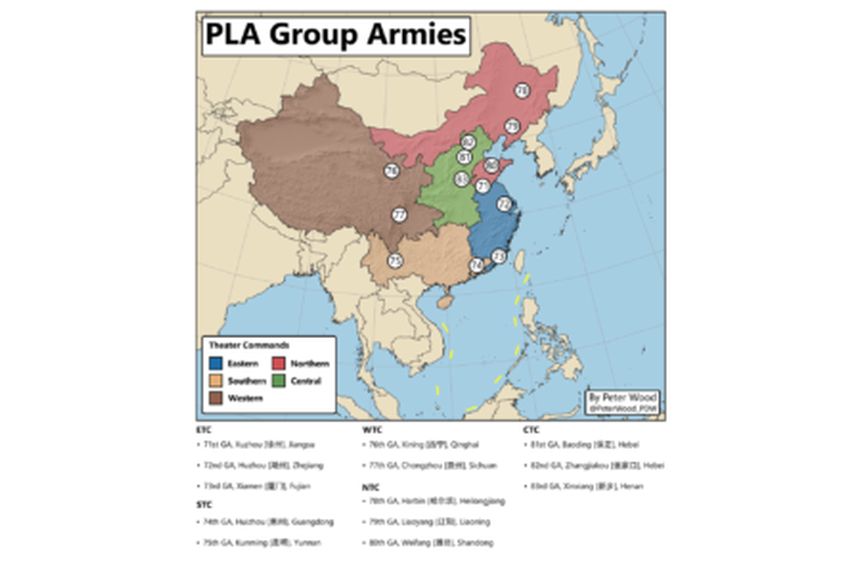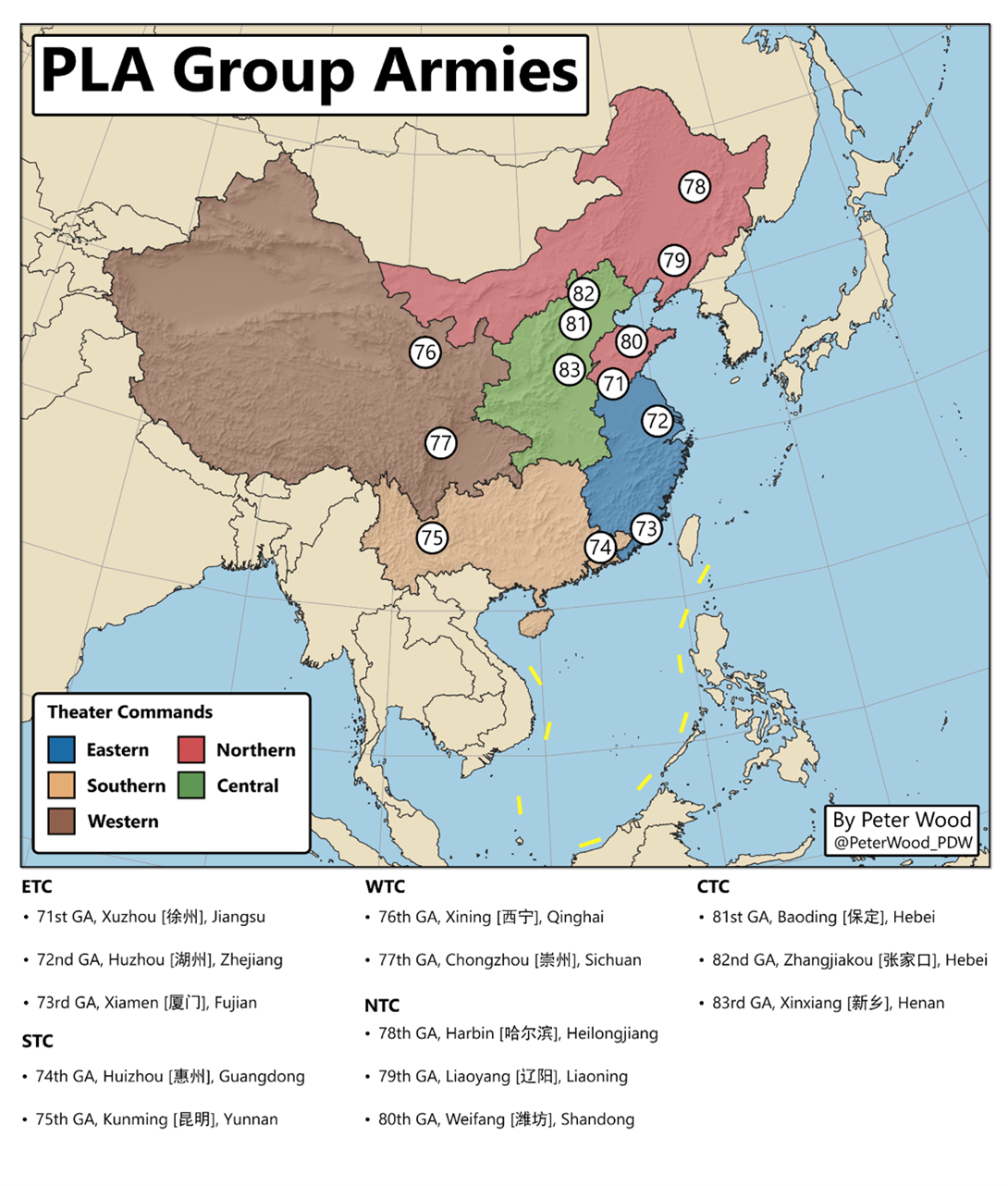
People’s Liberation Army Continues To Integrate Intelligent Technology Into Training
By Kevin McCauley
nan

“This exercise applies the intelligent training and examination system throughout the entire process, which is a measure taken by the brigade to improve the quality and effectiveness of training and preparation by utilizing technological achievements.”
The People’s Liberation Army (PLA) is trying to improve training to overcome a lack of combat experience by incorporating advanced technologies to enhance combat drills. The recent article from the PLA Daily, excerpted below, details the incorporation of intelligent technologies into simulated confrontation training as well as the use of equipment simulators by a brigade from the 80th Group Army, Northern Theater Command. The intelligent training and examination system quantifies and evaluates the quality of training by the unit and standardizes assessments for a uniform comparison of training between units. The system conducts monitoring throughout the exercise and provides automatic scoring and a video recording to reduce data errors typical of manual recording. It also generates a training trend chart to identify shortcomings and weaknesses.
The PLA is reforming training to provide realistic training and enhance combat capabilities within the force.[i] The incorporation of intelligent technologies to standardize assessments and provide accurate historical databases to compare training for comparison of unit training and to provide uniform training and assessments of unit capabilities. The employment of weapons and equipment simulators provides efficient and economical training for personnel. The unit’s man-portable surface-to-air missile simulation training room used a smart sensor helmet to track, lock, and strike to target. The “intelligent examiner” records the firing and updates the training database. The system provides an evaluation of the training.
Sources:
“第八十集团军某旅 – “智能考官”助力精准施训 (A Brigade in the 80th Group Army – The “Intelligent Examiner” Facilitates Precision Training),” PLA Daily (Official PRC Military Newspaper), 8 May 2023. http://www.81.cn/szb_223187/szbxq/index.html?paperName=jfjb&paperDate=2023-05-08&paperNumber=01&articleid=905162
“The intelligent training and examination system is equivalent to an ‘intelligent examiner’, which can quantitatively evaluate the level of training. It is not only intelligent and efficient but also enhances the normalization and standardization of assessments. According to the commander of the brigade, this system can achieve full monitoring, automatic scoring, and video retention, reducing data errors caused by manual recording, and is conducive to improving the quality and efficiency of officers and soldiers’ training and examination.”
It is understood that at the beginning of this year, the brigade used an intelligent training and examination system to collect training data for officers and soldiers, and conducted a comprehensive analysis to establish training files for each officer and soldier. After each training session, the system can automatically generate training trend maps ….. The commander can identify weaknesses and provide data support for precise training by analyzing targeting gaps, fluctuations, and other factors.
The reporter walked into the portable ground-to-air missile simulation training room and saw a soldier wearing an intelligent sensing helmet, carrying a missile simulation launcher on his shoulder, tracking, locking, and striking the target. The ‘intelligent examiner’ records the shooting process in real-time and updates the training database. The scoring team restores the on-site situation based on 3D imaging technology, and presents the shooter’s performance evaluation analysis in a three-dimensional manner.It is understood that in the next step, they will further optimize the training and assessment plan, adjust the program parameters of the intelligent training and examination system, and accelerate the transformation of scientific and technological achievements.
Notes:
[i] See Kevin McCauley “China’s PLA Explores ‘Battlefield Metaverse’ Training Base to Simulate Future Warfare,” OE Watch, 05-2022. https://community.apan.org/wg/tradoc-g2/fmso/m/oe-watch-articles-2-singular-format/416134
Image Information:
Image: PLA Group Armies
Source: Peter Wood
Attribution: Peter Wood
Distribution A: Approved for public release
Categories:
Tags:







